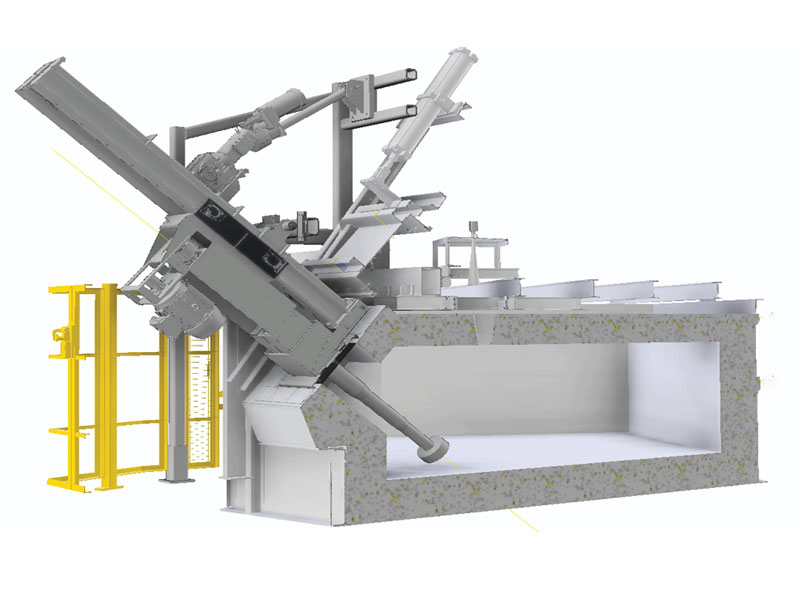
26 2月 Aluminum Flux
Aluminum Flux:
Cleaner Agent Demagging Agent Refine Agent Covering agent
Grain Refining Fluxes
Grain size in aluminum alloys refers to size of individual aluminum crystals in a cast piece. The size of these crystals is directly related to the number of grains or nuclei formed in the earliest stages of solidification; the more grains, the finer the grain size. Coarse grain size increases the difficulty of feeding and lowers the soundness and mechanical properties of a casting. Grain refining makes the grains smaller by increasing the number of crystallization nuclei early in solidification, much like seeding a rain cloud with dry ice.
Advantages of grain refining include:
Dispersion of porosity.
Prevention of hot tears.
Improved pressure tightness through prevention of blowholes.
Titanium, boron, and zirconium are popular grain refiners. For hypereutectic alloys, where silicon precipitates before aluminum, phosphorus is used for grain refinement.
(low-fluoride, low- and high-temperature, and sodium-free types available)
Aluminum is chemically very active. A tough film or skin of aluminum oxide forms quickly on all freshly exposed surfaces, especially in the molten state. Scrap or ingot additions to the melt, stirring and agitation cause aluminum oxide to be suspended in the melt. If these oxides are included in the cast product, they may lead to defects, so they must be removed from the melt. Most oxides are of aluminum, but alloying elements such as magnesium, iron, copper and titanium also can form their oxides.
Cleaning fluxes are necessary to remove oxides from the melt, while cover fluxes act as a barrier for the surface of the melt against oxide formation. The same flux can generally be used for both purposes.
Fluoride compounds in the flux increase its effectiveness and allow it to be used at lower temperatures. However, fluorides can release harmful fumes, and as a result, for environmental reasons some foundries prefer to use low-fluoride fluxes. Sodium-free fluxes are used in hypereutectic alloys (>12% silicon content), since sodium can interfere with phosphorus grain refining. The fluxes available for different temperature ranges differ primarily in their melting points.


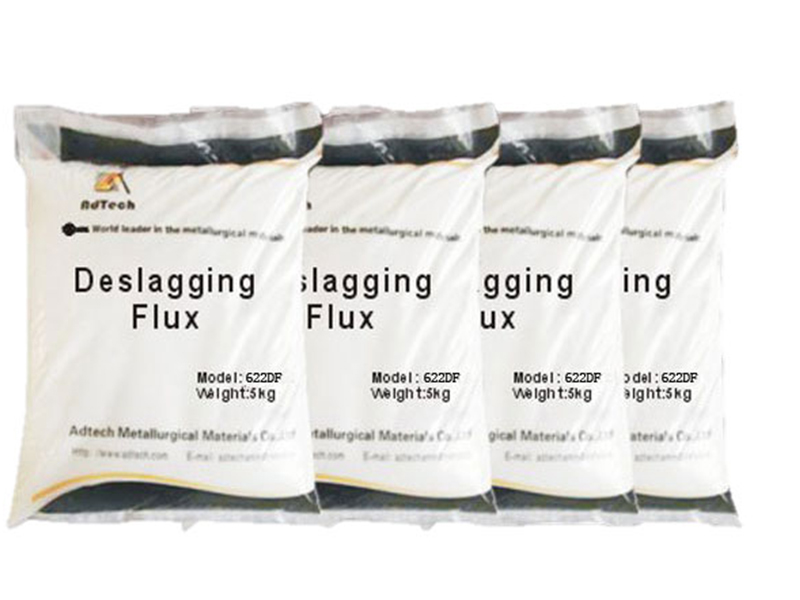
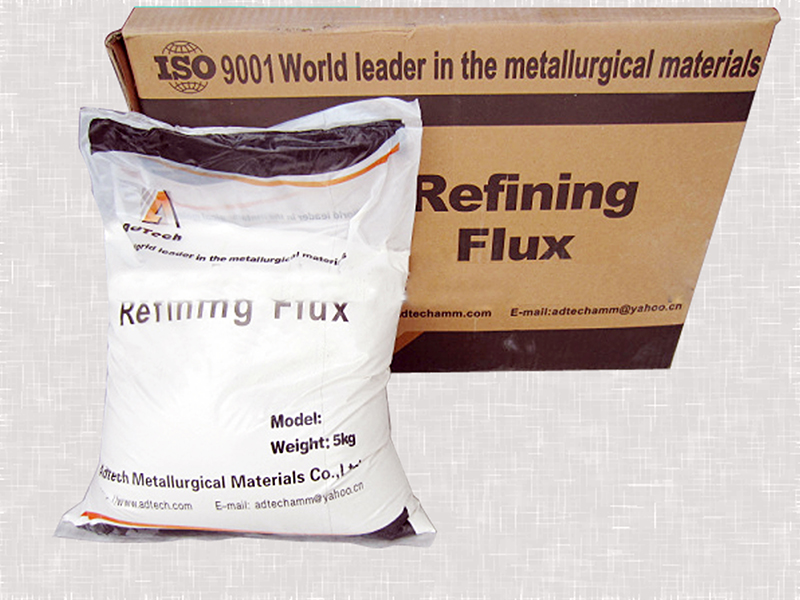
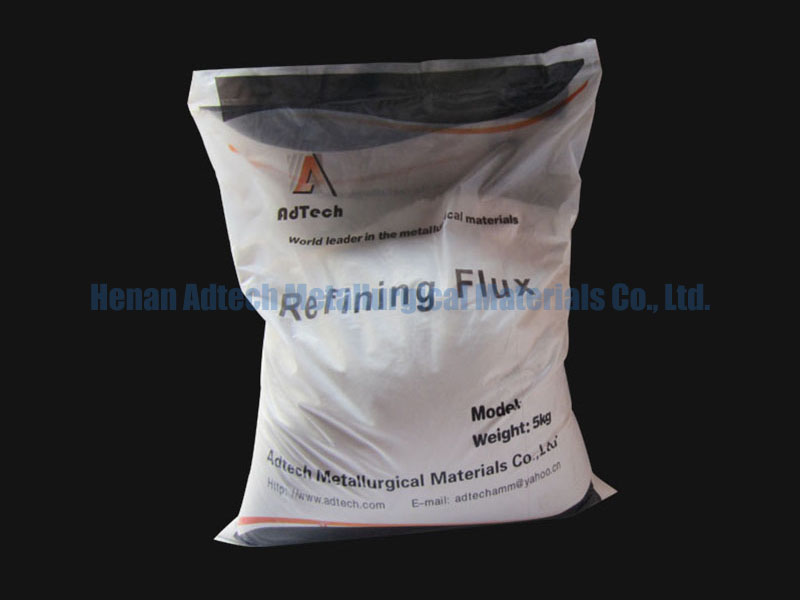
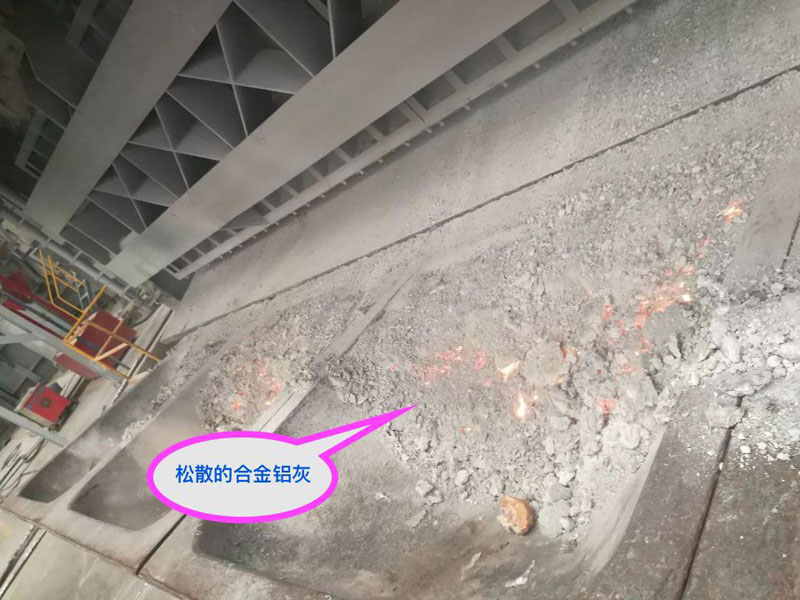

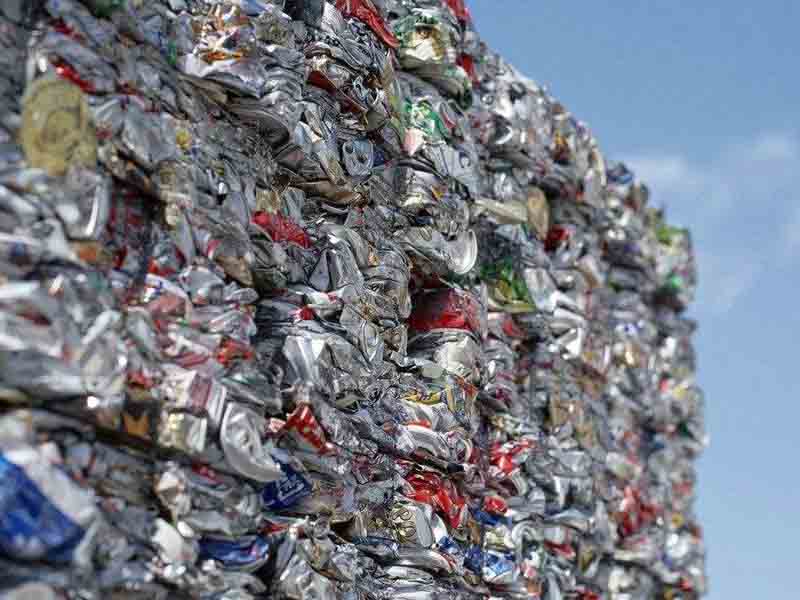
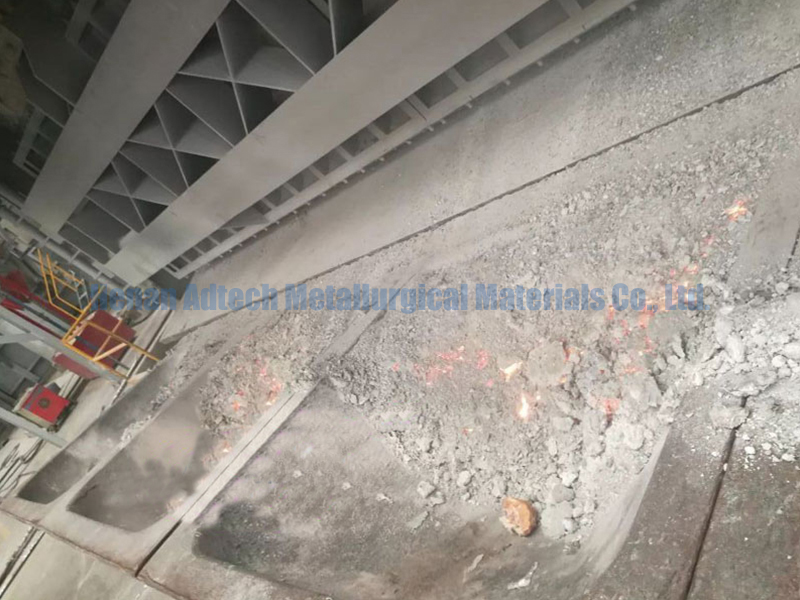
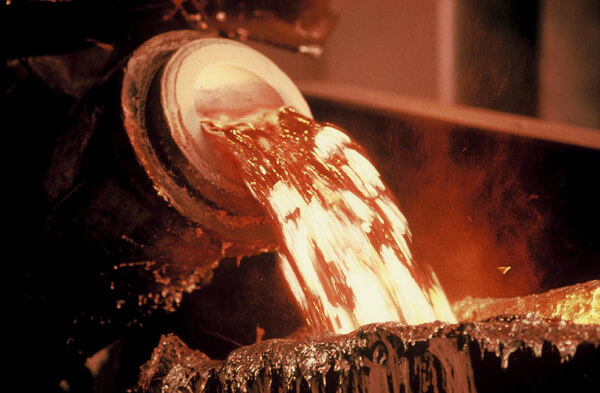

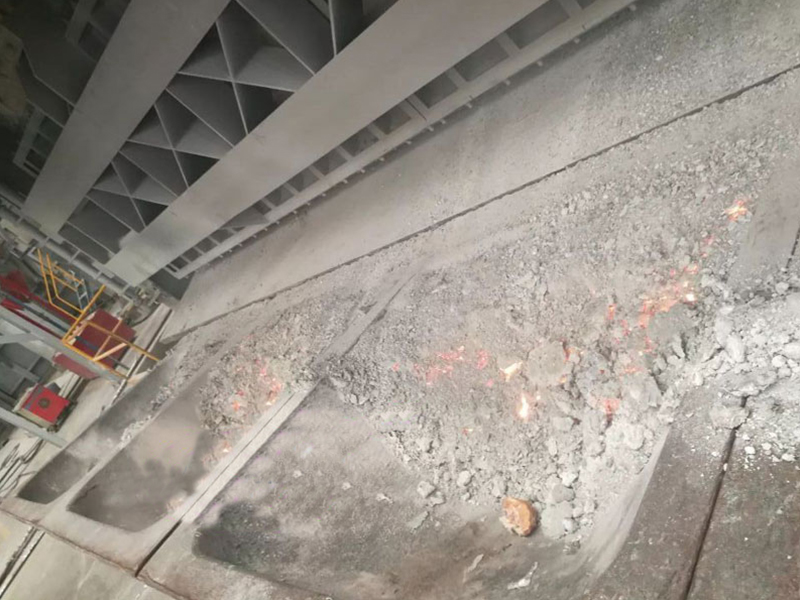
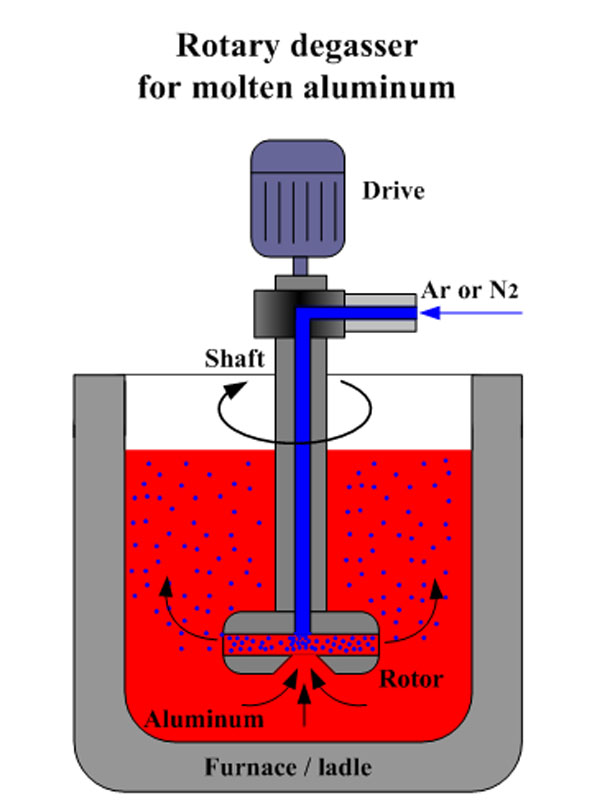
No Comments